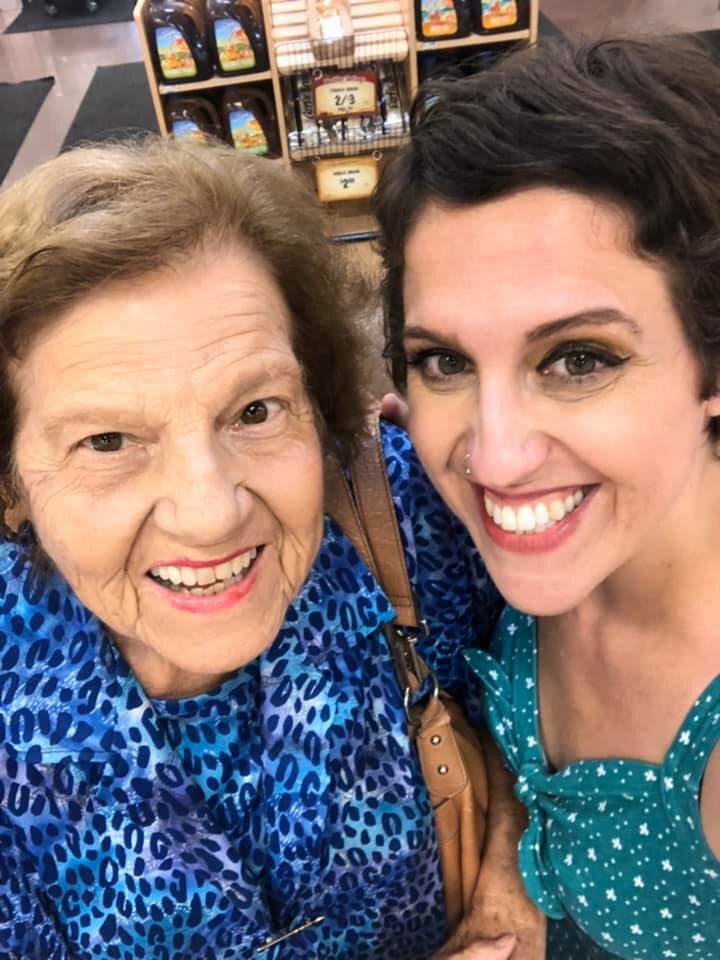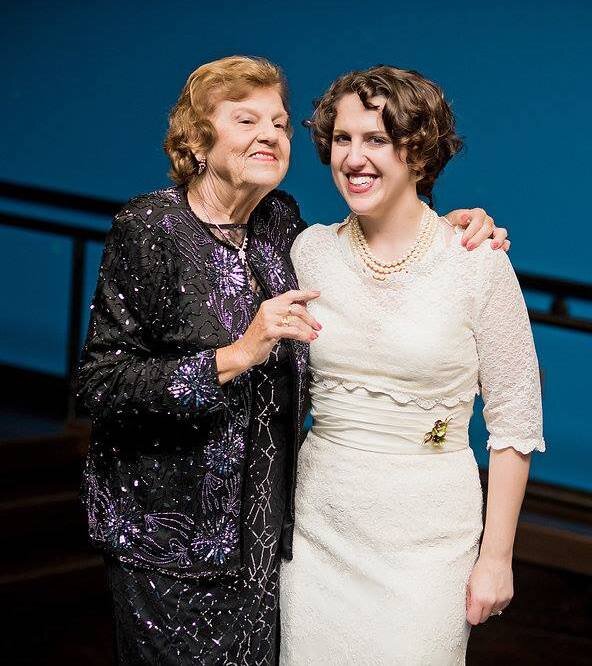My grandmother Christianne turned 95 on Saturday. Despite some health complications this year, she’s still very healthy. In fact, I believe there’s a lot to be learned from her lifestyle. In my observations and conversations with her, here’s how and why she’s lived to be a nonagenarian.
Diet— She eats balanced meals and has for some time. She typically eats a salad with lunch and/or dinner and enjoys lean proteins, dairy, etc. She doesn’t eat between meals. However, she’s not afraid to enjoy dessert and a glass of wine (or champagne) every now and then. (She’s French, after all.) In short, she practices moderation.
Movement — She’s always on the go. When she was younger, she played tennis nearly every day. She still swims and does tai chi to help her balance. She seldom sits down for a significant amount of time. Every when she does, she’s doing something! She knits while watching TV.
Mental Stimulation — She makes a point to stay sharp. She does a crossword puzzle every day and there’s always a book on her nightstand. She also has kept up her French, despite living in this country for nearly 75 years. She even learned how to use chopsticks last year (see photo below).
Community — She’s a social creature despite living alone for 27 years. She sings in the choir, attends bible study and takes part in activities and excursions in her community as part of a senior group. I can’t keep track of all her friends!
Spirituality/Sense of Purpose — She considers herself a devout Catholic, attending Mass and functions at her church on the regular. She would tell you her faith has gotten her through some rough times.
It’s possible to slow down the aging process, if you’re intentional. What’s one healthy habit you want to work on as we enter the holiday season?








